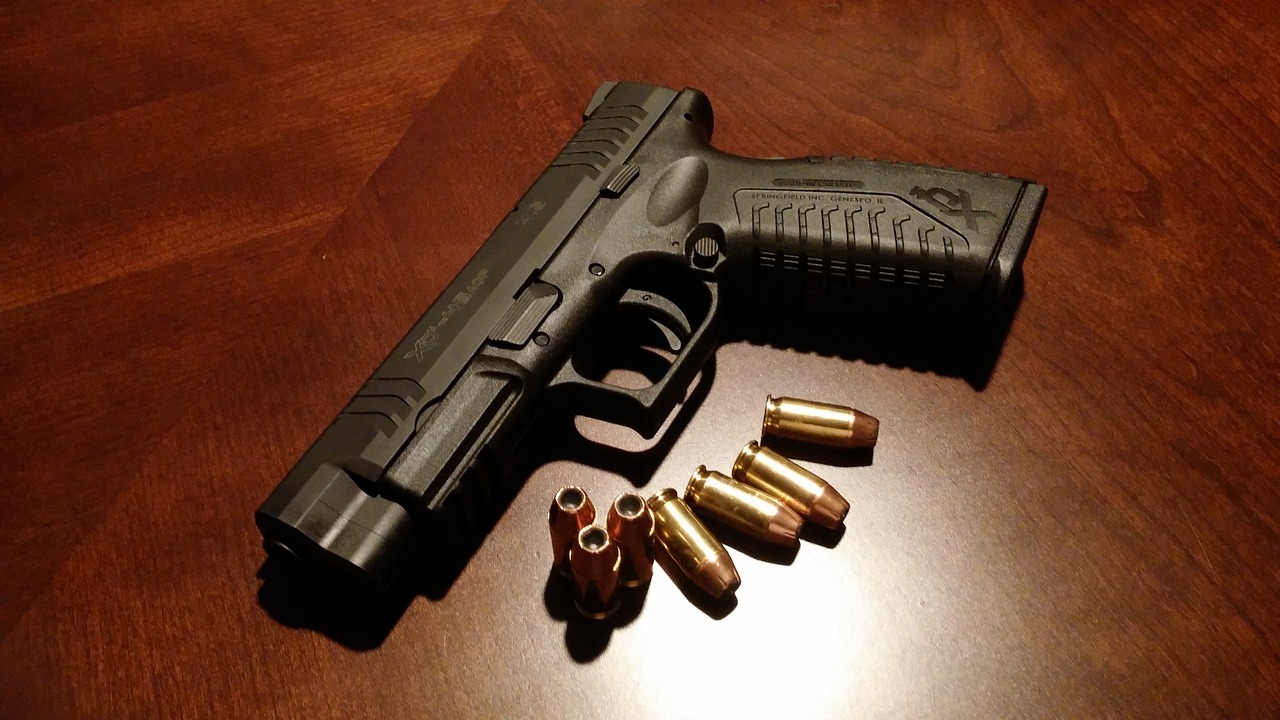The pink gun has emerged as a unique cultural phenomenon that blends style, identity, and controversy. While firearms are typically associated with practicality and function, the trend of customizing guns in pink and other vibrant colors has sparked discussions about gender, aesthetics, and the societal implications of gun ownership. This article explores the rise of pink guns, their significance, the controversies surrounding them, and the broader implications for gun culture.
The Rise of the Pink Gun
A New Wave of Customization
In recent years, the firearms industry has seen a growing trend in the customization of guns, with colors and finishes that appeal to diverse demographics. Pink gun first gained popularity in the early 2000s, initially marketed towards women. Gun manufacturers recognized that many women were seeking firearms for personal protection, self-defense, and sport shooting, and began to design guns with feminine aesthetics.
Manufacturers Leading the Trend
Several manufacturers have embraced the trend by offering pink versions of their popular models. Brands like Glock, Smith & Wesson, and Ruger have released handguns in various shades of pink, often featuring complementary accessories such as holsters, grips, and even ammunition cases. This strategy not only attracts female customers but also appeals to those who wish to express their personality through their firearms.
Symbolism of the Pink Gun
Empowerment and Identity
For many women, owning a pink gun symbolizes empowerment and independence. The pink firearm serves as a statement piece, challenging traditional perceptions of gun ownership and the stereotype that guns are primarily for men. The trend encourages women to take charge of their personal safety and embrace their rights as gun owners.
Aesthetic Appeal
The aesthetic appeal of pink guns cannot be overlooked. Just as people customize cars or bikes with unique colors and designs, customizing firearms allows owners to express their individuality. The pink gun is often seen as a fashion statement, merging the worlds of personal style and self-defense.
Connection to Causes
Some pink gun are also marketed in connection with charitable causes, particularly those related to breast cancer awareness. Manufacturers have produced limited-edition pink guns, with a portion of the proceeds going to breast cancer research and support organizations. This connection can enhance the emotional significance of owning a pink firearm.
The Controversies Surrounding Pink Guns
Gender Stereotypes
While the pink gun trend seeks to empower women, it can also perpetuate gender stereotypes. Critics argue that marketing firearms to women in pink reinforces outdated notions of femininity and can trivialize the serious nature of gun ownership. The idea that guns should be designed in “feminine” colors may undermine the skills and seriousness of women who are serious about self-defense and marksmanship.
Gun Culture and Responsibility
The rising trend of pink guns has prompted discussions about the broader implications for gun culture. Some argue that the emphasis on aesthetics over function may detract from the critical issues of gun safety and responsibility. Ensuring that gun owners, regardless of gender, prioritize training, safety, and responsible ownership is crucial for fostering a culture of safe firearm use.
Public Perception and Media Representation
The media portrayal of pink guns can also play a role in shaping public perception of gun ownership. While pink guns may attract attention and spark conversations, they can also lead to misunderstandings about the seriousness of firearm use. Balancing the aesthetic appeal of pink guns with discussions about responsible ownership is essential to address any misconceptions.
The Future of Pink Guns
Expanding Market Appeal
As the firearms industry continues to evolve, the market for pink guns may expand beyond women. Customization trends show that gun enthusiasts of all backgrounds appreciate unique aesthetics, which could lead to a broader range of colors and designs appealing to diverse tastes. Additionally, with the increasing interest in self-defense among all genders, the demand for personalized firearms may continue to grow.
Emphasizing Education and Safety
Moving forward, it is vital for the gun community to prioritize education and safety alongside trends in customization. Manufacturers and retailers can play a role in promoting responsible gun ownership, regardless of the aesthetics of the firearms. Providing resources for training, safety courses, and responsible ownership practices will be key in fostering a culture of safety.
Advocacy and Awareness
The connection between pink guns and charitable causes, such as breast cancer awareness, highlights the potential for advocacy in the firearms community. By aligning firearm ownership with meaningful causes, the gun culture can emphasize the importance of responsibility and community engagement. This approach can help reshape the narrative surrounding pink guns and demonstrate that they can represent both empowerment and awareness.
Conclusion
The pink gun phenomenon represents a fascinating intersection of culture, identity, and firearms. While it offers an opportunity for expression and empowerment for many, it also raises important questions about gender stereotypes and the responsibilities of gun ownership. As the firearms industry continues to evolve, the challenge will be to balance the appeal of customization with the critical need for safety, education, and responsible ownership. Ultimately, the conversation around pink guns invites a broader discussion about what it means to be a gun owner in today’s society, transcending colors and designs to focus on the core values of responsibility and empowerment.
